In Vivo Electrophysiology
Single-unit, Multiunit, And Local Field Potential Recording In Anesthetized Rodents
In vivo electrophysiology measures neuronal activity in the brain as either local field potentials or single units. Brain regions are targeted precisely, and the effect of test compounds can be assessed following either systemic delivery or by direct application using iontophoresis. In vivo electrophysiology is a powerful tool to reveal abnormalities in brain circuitries, and to assess whether drug candidates can restore normal neuronal function. Finally, in vivo electrophysiology combined with simultaneous blood sampling can be used to correlate the real-time effects of drug candidates on neuronal activity with the plasma concentration of the drug.
Neuronal network analysis/stimulation and recording:
Studying the function and connectivity of neurons in vivo can reveal firing alterations in genetically modified animals and assess the efficacy of drug candidates on these alterations.
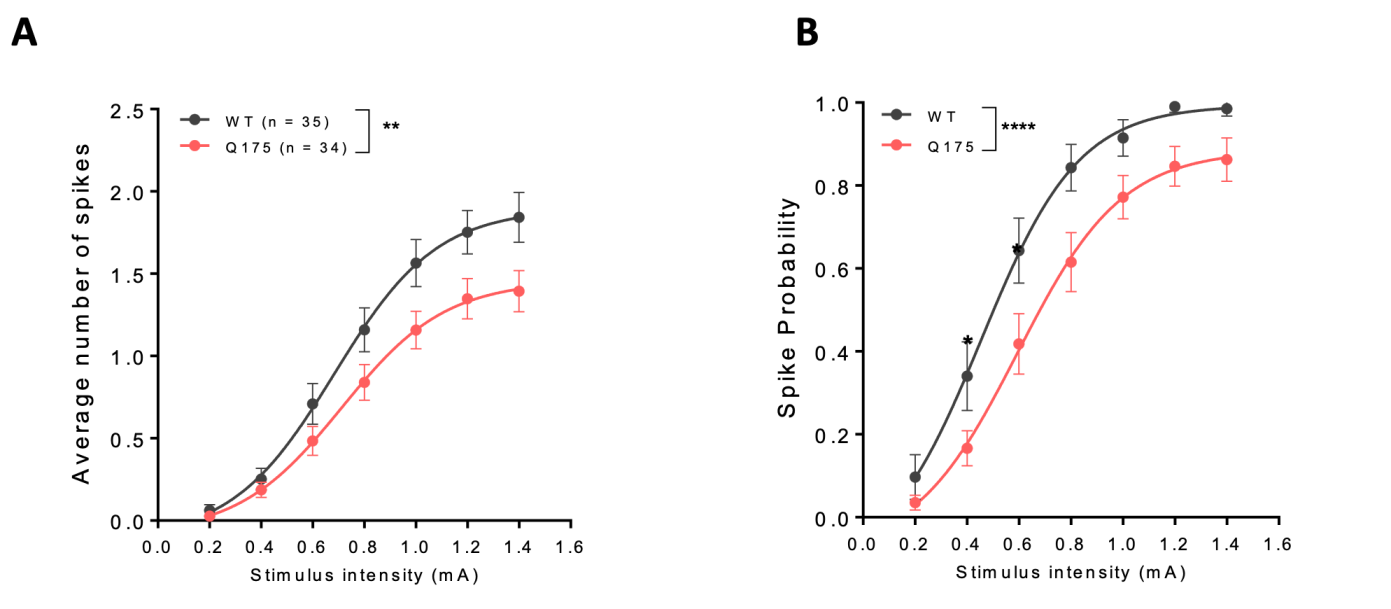
Figure 1: In vivo electrophysiological recording revealed altered corticostriatal functional connectivity in anesthetized 6-8 month old zQ175 (neo+) knock-in mice, a mouse model of Huntington’s disease. Decreased action potential number (A) and Spike probability (B) was observed in the zQ175 Het mice across a range of stimulating intensities (p <0.01 for panel A; p<0.001 for panel B). (Figures adapted from Beaumont, V. et al (2016) Neuron.)
Simultaneous stimulation and recording can also reveal inhibition or activation of a pathway by a candidate drug and help explain its therapeutic effect.
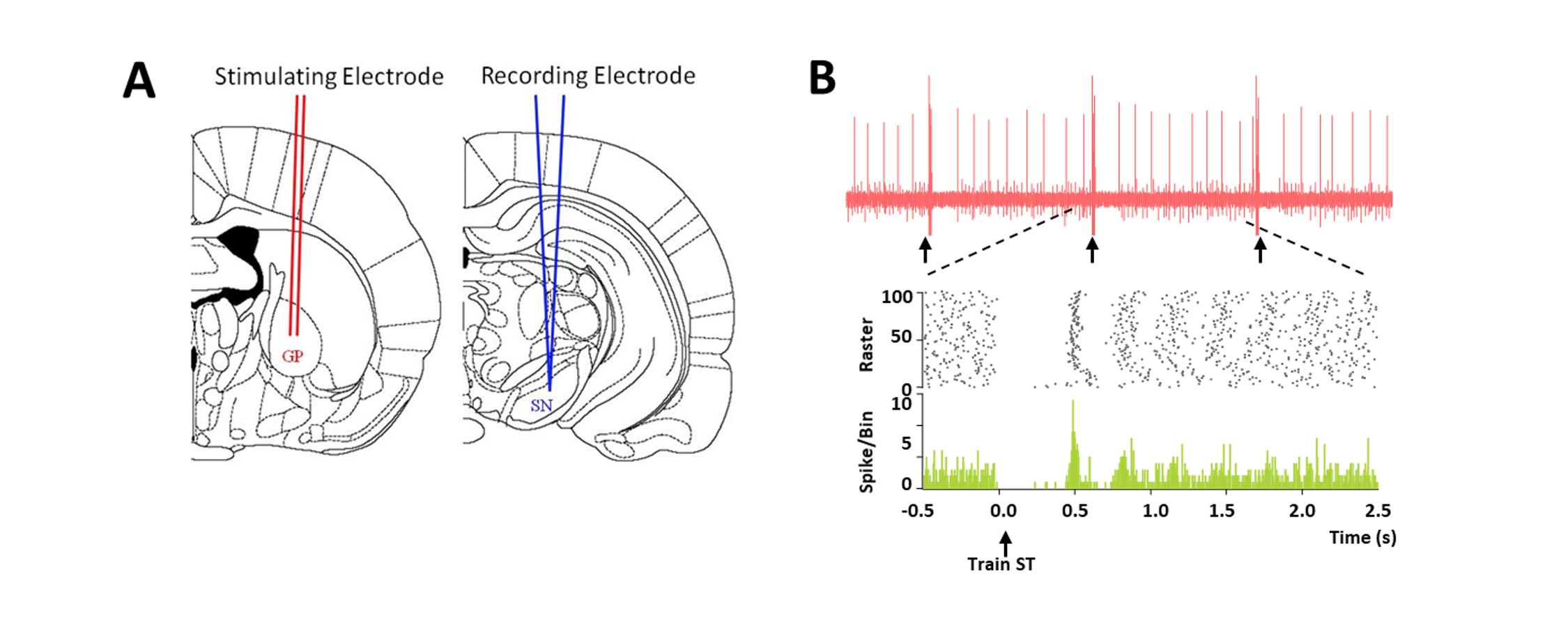
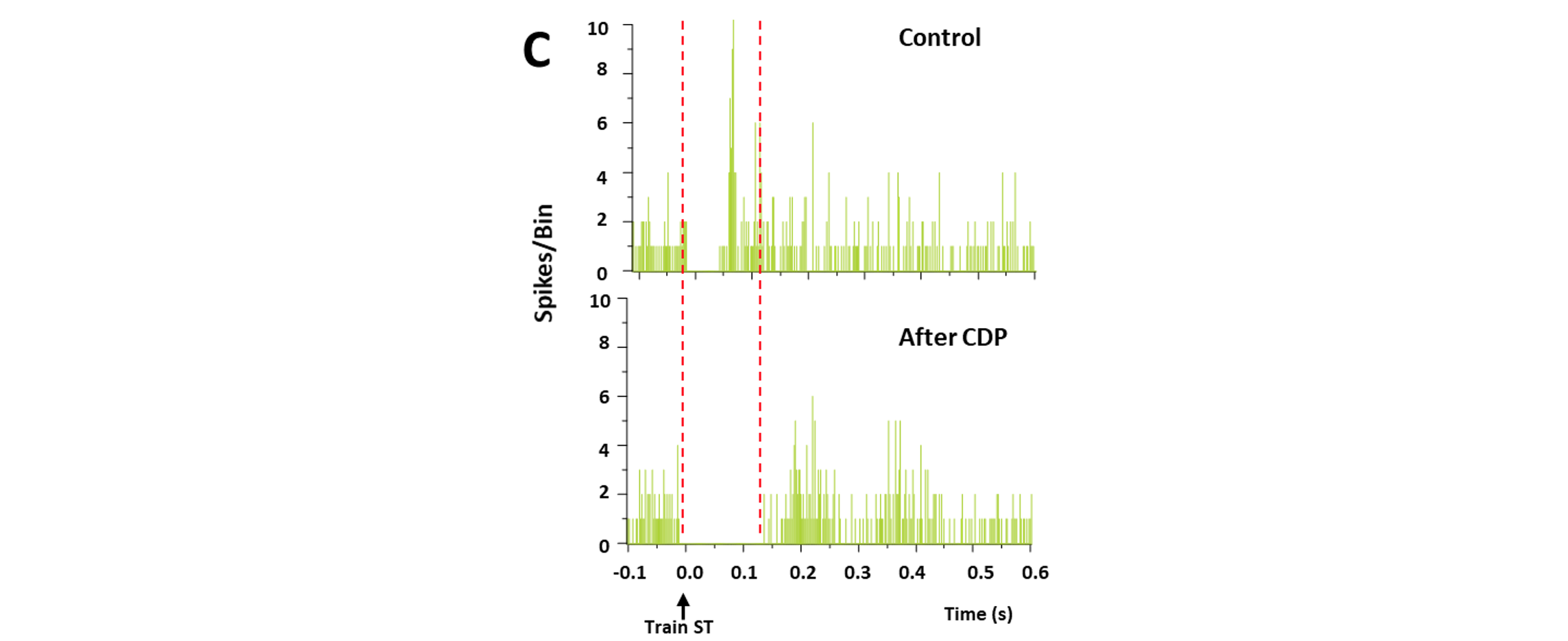
Figure 2: Stimulation of Globus Pallidus (GP) briefly inhibits rhythmically firing neurons of the Substantia Nigra pars reticulata (SN). (A) Placement of stimulus (red) and recording (blue) electrodes in the GP and SN respectively. (B) Rhythmically active cells in the SN are briefly inhibited following high intensity stimulation in GP (100 Hz, 5 pulses. 1 mA, arrow). (C) Top: raster plot and histogram of 120 repeated stimulations. Firing of SN neurons is inhibited immediately followed by overcompensation. Bottom: IV application of Chlodiazepoxide (CDP, 5mg/kg), a positive allosteric modifier of the GABAA receptors, augments suppression of firing in the SN by sub-maximal GP stimulation (red lines, compare top and bottom).
Microiontophoresis drug delivery:
Microiontophoresis/micropressure drug delivery enable us to examine effects of locally administrated compounds on neuronal firing.
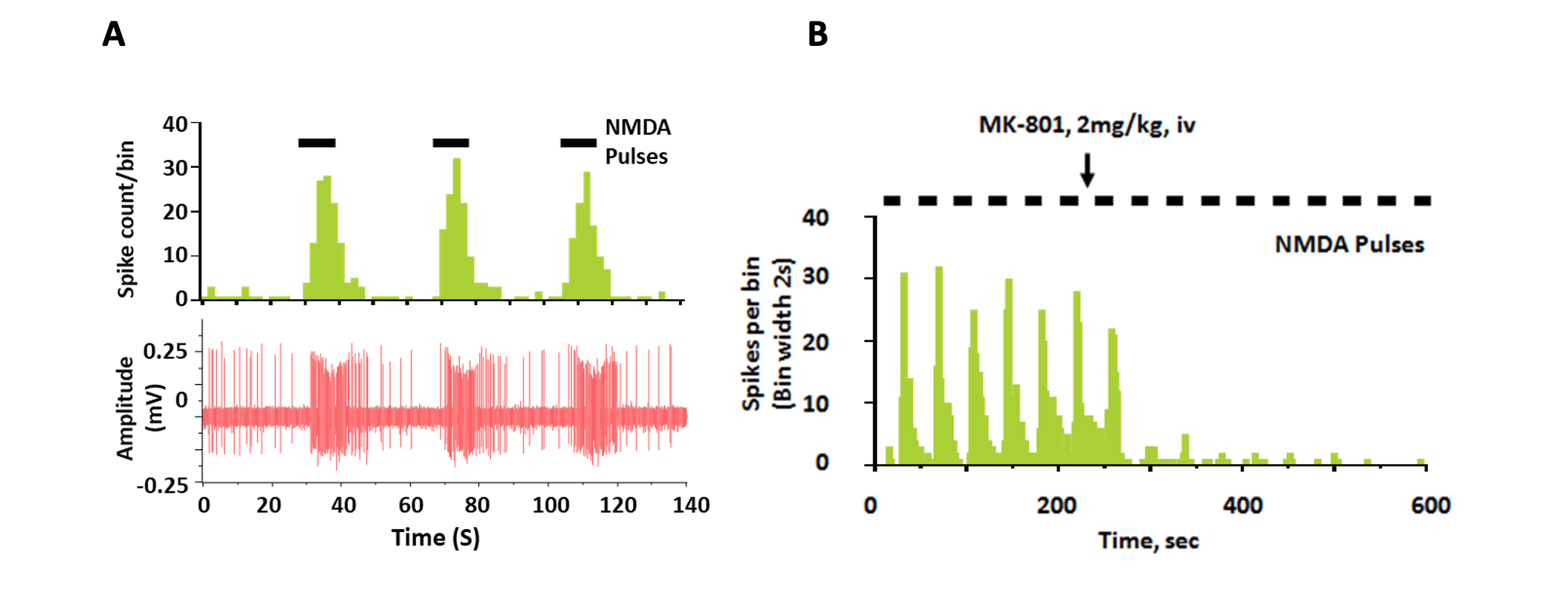
Figure 3: NMDA-induced activation of a single neuron in rat prefrontal cortex is blocked by MK-801. (A) Local iontophoretic administration of NMDA (black boxes) increases the firing frequency of the neuron (NMDA is administered every 40 seconds for 10 seconds). (B) MK-801 (NMDA antagonist; 2 mg/kg) administered intravenously blocks the NMDA induced activity. Y axis shows the number of spikes per 2s bin.
Compound testing: Pharmacokinetics/Pharmacodynamics (PK/PD) relationship studies:
Relationship between the drug effect (PD) to drug concentration (PK) can be established to predict clinical response in humans when in vivo recording is combined with blood collection at multiple time points.
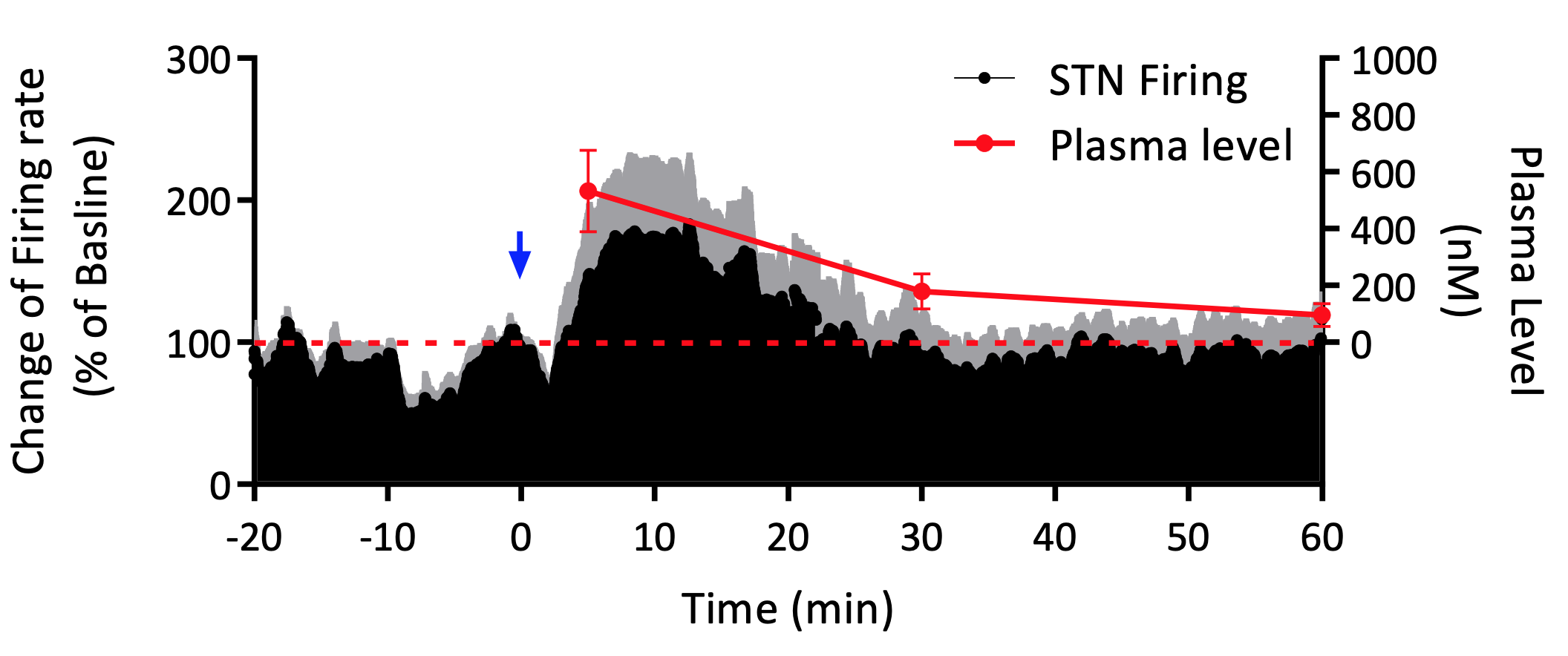
Figure 4: Relationship between stimulatory effects of a PDE10 inhibitor, MP-10 (0.18 mg/kg bolus i.v.), on single unit discharges in subthalamic nucleus (STN) neurons and its plasma concentration level in rats. 0.18 mg/kg of intravenously injected MP-10 induced a robust increase in STN neuron mean firing rate. 30 to 60 min post MP-10 administration, MP-10 induced firing rate decreased and MP-10 plasma exposure diminished. Blue arrow represents the time point of MP-10 IV administration.

